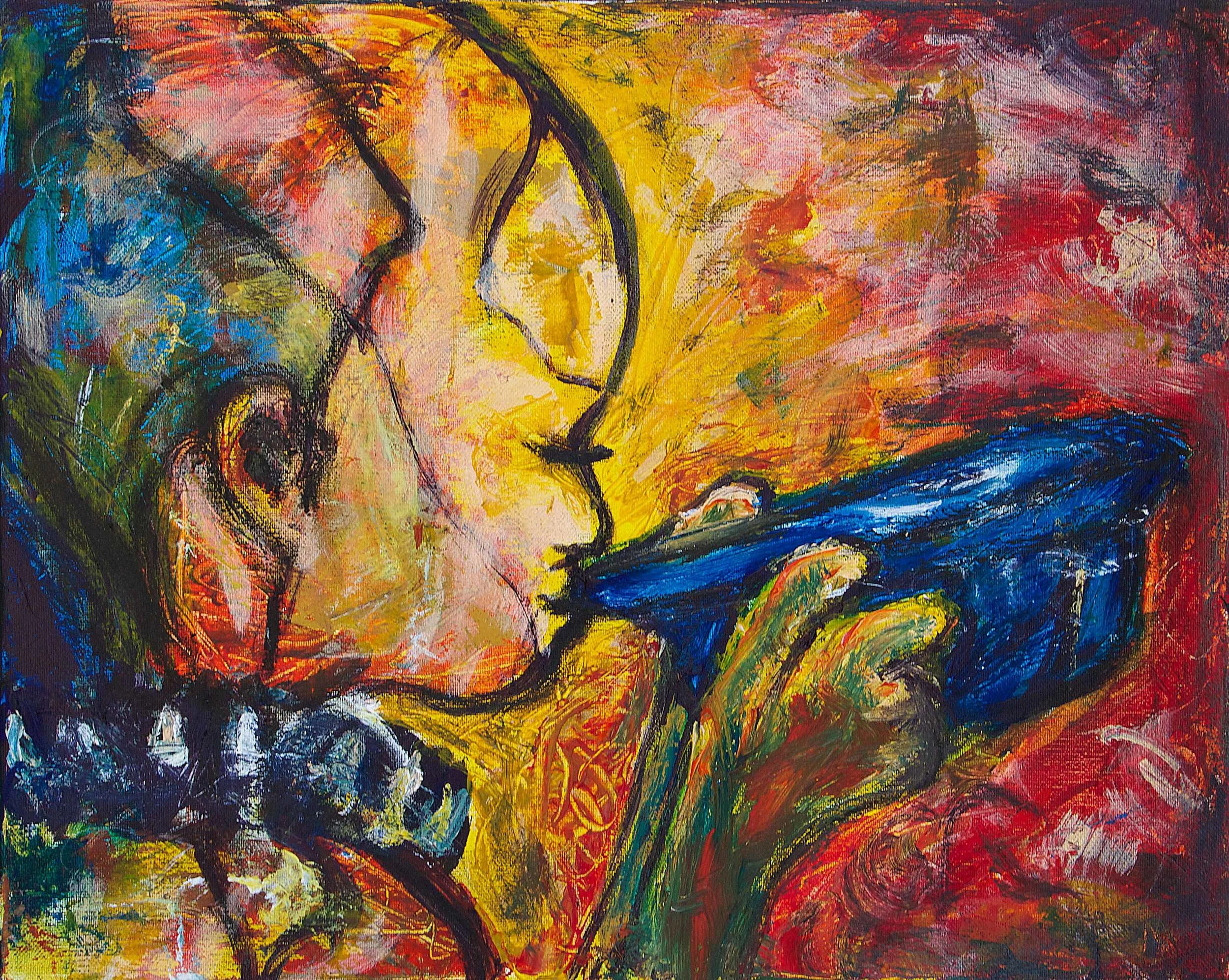Editorial
Generosity of Spirit and Interfaith Living
by Paul Chaffee
When the 1893 World Parliament of Religions in Chicago ushered in a vision of healthy global interfaith relations, you would have been hard-put to find a dozen communities anywhere – excepting Chicago, of course – with any significant interfaith activities. Today, thanks to digital tools and so many ways to travel, and excepting North Korea and Saudi Arabia, you would be hard-put to find many communities anywhere without some sort of interfaith activity.
So, what does it mean to live well in an interfaith culture? This issue of TIO suggests that making peace with ‘the other’ is a daily task for all interfaith activists. But that singleness of purpose is expressed in all sorts of contexts, languages, cultural habits, expressed amidst all our differences, religious differences, but also racial, ethnic, sexual, economic, political, and social differences. This multiplicity makes interfaith activity difficult to define or categorize.
Nevertheless, whatever the context of interfaith activism’s many mansions, there does seem to be a ‘secret sauce’ that significantly influences whether you’ll be successful or not – generosity of spirit. We often talk about mutual respect being the foundation of interfaith relationships. But respect is passive, at least at first, as we listen and begin to relate to each other. Generosity of spirit is something more, an appreciative attitude towards ‘the other’ from the start that hastens and promotes developing respect and relationship, even between enemies. Think Mahatma Gandhi, Martin Luther King, Jr., Nelson Mandela, Dorothy Day, the Dalai Lama, and Pope Francis, influential leaders who never allow hatred and invective to stain their vision or activism.
After decades of work in the interfaith vineyard, I can attest to the fact that the humblest among us can also stand out for their generosity of spirit. The local leaders who make a difference, the global networkers who give interfaith its sense of itself, the long-timers who always show up, the ones who cross the street to welcome the newcomer, the ones whose high vision fuels its way past all manner of resistance, these people typically share a generosity of spirit that inspires us, brings us together, and makes collaboration meaningful.
More than 50 years ago, I attended a Christian missionary-founded boarding school in north India. On weekends, Abi Nandan, a local tailor, walked a mile or two out Tehri Road from his shop in the bazaar to our dormitory, looking for business. He made most of my clothes. Some 20 years after graduating from high-school, I found myself back in India and walked through the bazaar on my way to visit the school. As I passed Abi Nandan’s shop, I looked in and stopped. Our eyes locked, and after a long look, he said, “You are … Paul?”
I was astonished. He invited me to dinner at his home later in the week. He apologized for the delicious potato curry, saying there was disease in the market, so they had to make do. It was one of the best meals I’d ever had, and I confessed to being confounded at his generous hospitality for someone he knew so briefly so long ago. Abi Nandan told me that in Hinduism, you learn that visitors to your door may be from God, or of God, however disguised. So best to treat your visitors as well as you can! This small-town tailor’s generosity of spirit was a huge learning for me about what it means to be human and to be an interfaith activist, though he would not have known what that phrase means. None of us did back then.
TIO this month is full of stories about interfaith living with a generosity of spirit, and some of the tools that help us do that.


